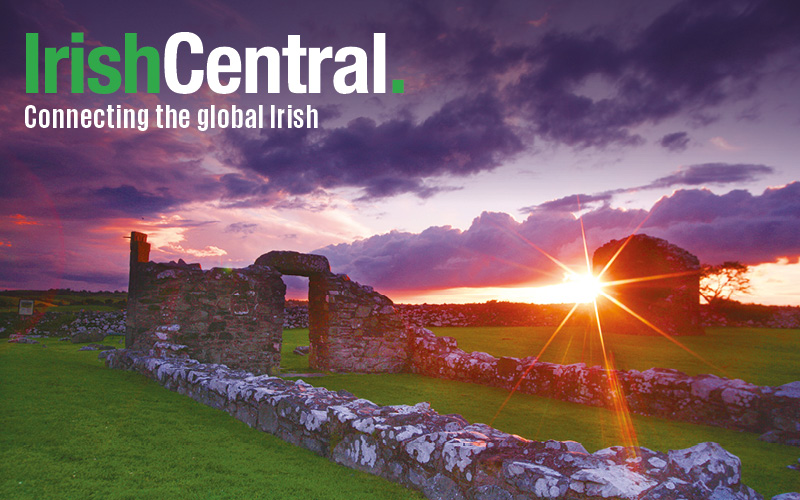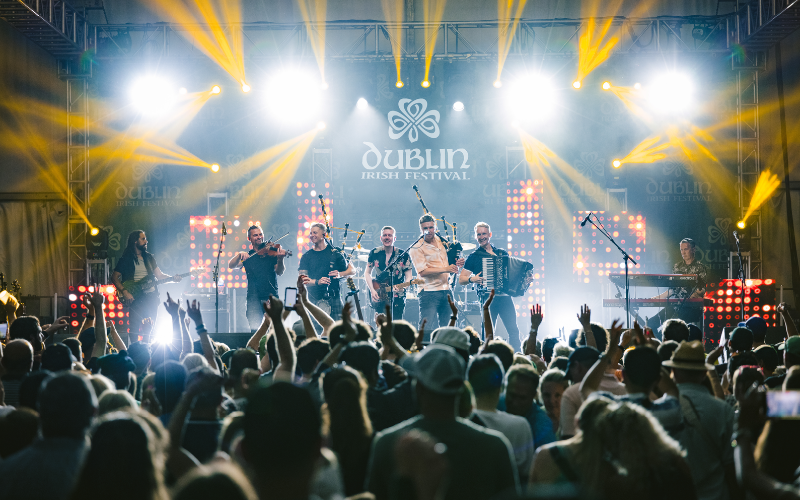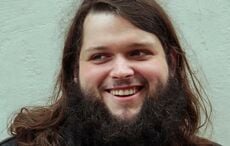Peter Mulryan was born out of wedlock in Galway in 1944 and was moved with his mother, Delia Mulryan, to the now infamous Tuam Mother and Baby Home.
Mulryan, now 74, lived in the Co Galway facility up to the age of four-and-a-half, following which he was fostered out.
Years later, Mulryan tracked down his birth mother to the Magdalene Laundry in Galway, where she had been sent indefinitely for the “offense” of giving birth to a second child out of wedlock, Mulryan's younger sister.
Although Mulryan, who later married and had children, slowly began to connect with his mother despite her continued incarceration in the laundry, he recalls in a new documentary aired on Irish TV this week that he initially found her "institutionalized" and "cold.”
But a bond began to slowly develop between the pair, including one breakthrough moment when Mulryan's mother held her eldest grandchild for the first time during a rare trip outside the Magdalene Laundry to the seaside.
"It was the first time I saw her smile," Mulryan recalls. "I saw her smile, and she was rocking the baby back and forth."
However, Mulryan witnessed firsthand the hardship and cruelty of life in the Magdalene Laundries, right up to the moment his mother died.
"I used to go every month to see my mother, and the next thing I was told I was coming in too often. The head nun said to me, 'Do not be coming in so much, it's upsetting her. She'll end up leaving here and you'll be responsible.'
"It was cruel in the Magdalene Laundries. The girls were half-starved, not allowed to talk to each other and not getting a cent for their work or proper clothing. They were always in rags."
Holding back the tears, he goes on:
"My mother was 87 when she passed away. She was in hospital for a couple of weeks and the nuns didn't tell me. When I got there she was dead.
"I had no input into her funeral arrangements. They made the arrangements to suit themselves."
In the documentary, the dad-of-seven also speaks of his hope that his sister and his mother's daughter, Marian Bridget Mulryan, who was born 10 years after him, but who he never met, was adopted out.
According to a death certificate, Mulryan's younger sister is recorded by the Irish state as having died just nine months after her birth at the Tuam mother and baby home.
But Catherine Corless, the historian whose tireless research revealed the deaths of 796 babies and children at the home, also tells the documentary that she found evidence that Mulryan's sister was one of the hundreds of youngsters who died at the facility.
However, Mulryan, who recently became chairperson of the Tuam Home Survivors Network, insists he hasn't given up hope that his sister is still alive and was adopted, as the records were "so unreliable.”
The Ballinasloe native adds, "You talk about forgiveness. At times it's hard to forgive, but we must let go, and I'd say we could let go much more easily if we could get an apology for what was done. But we're above that. I've mentioned it in the past -- I have forgiven them. They're human as well."
Here's a short documentary on the grim discovery made at Tuam:




Comments